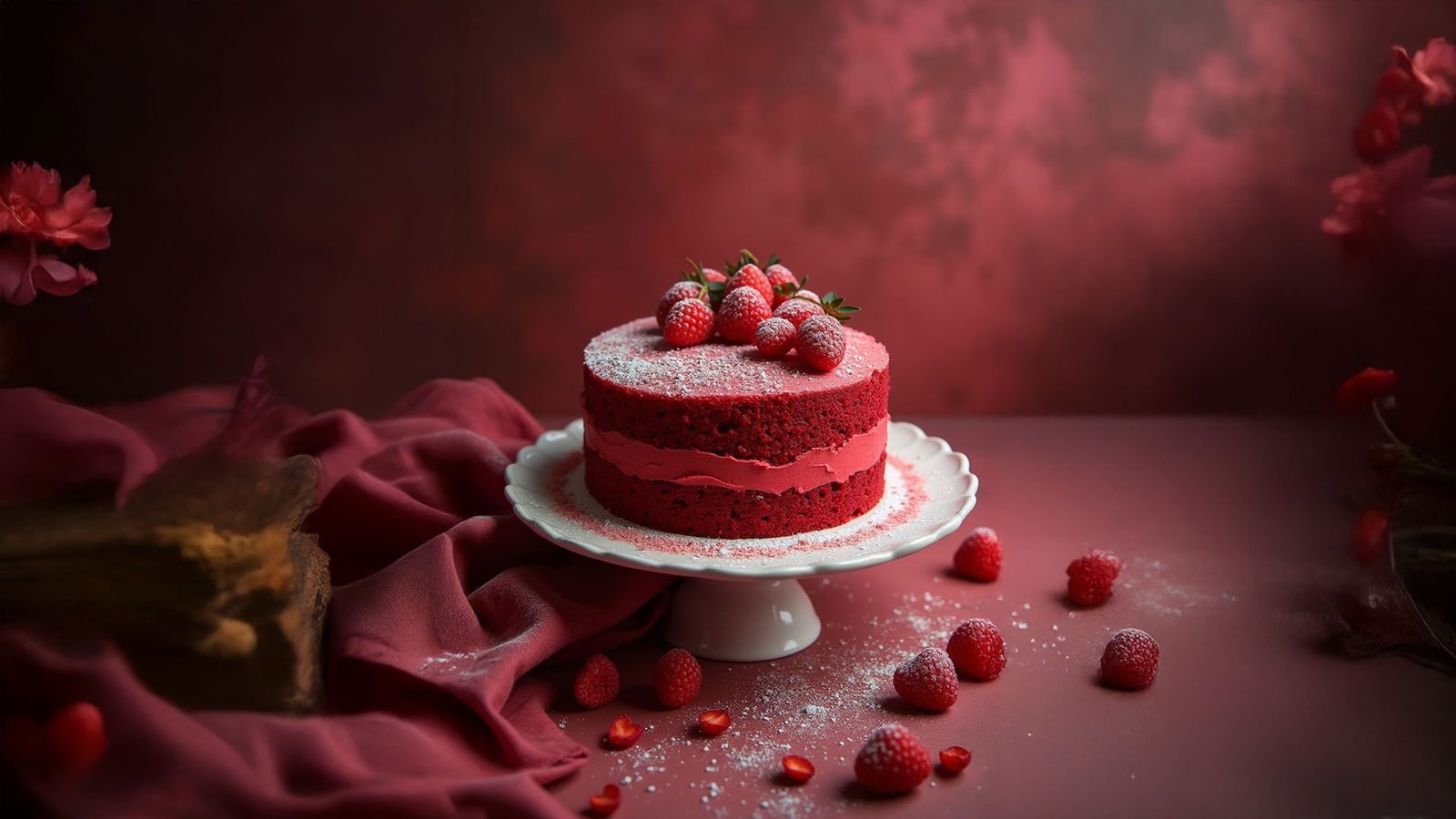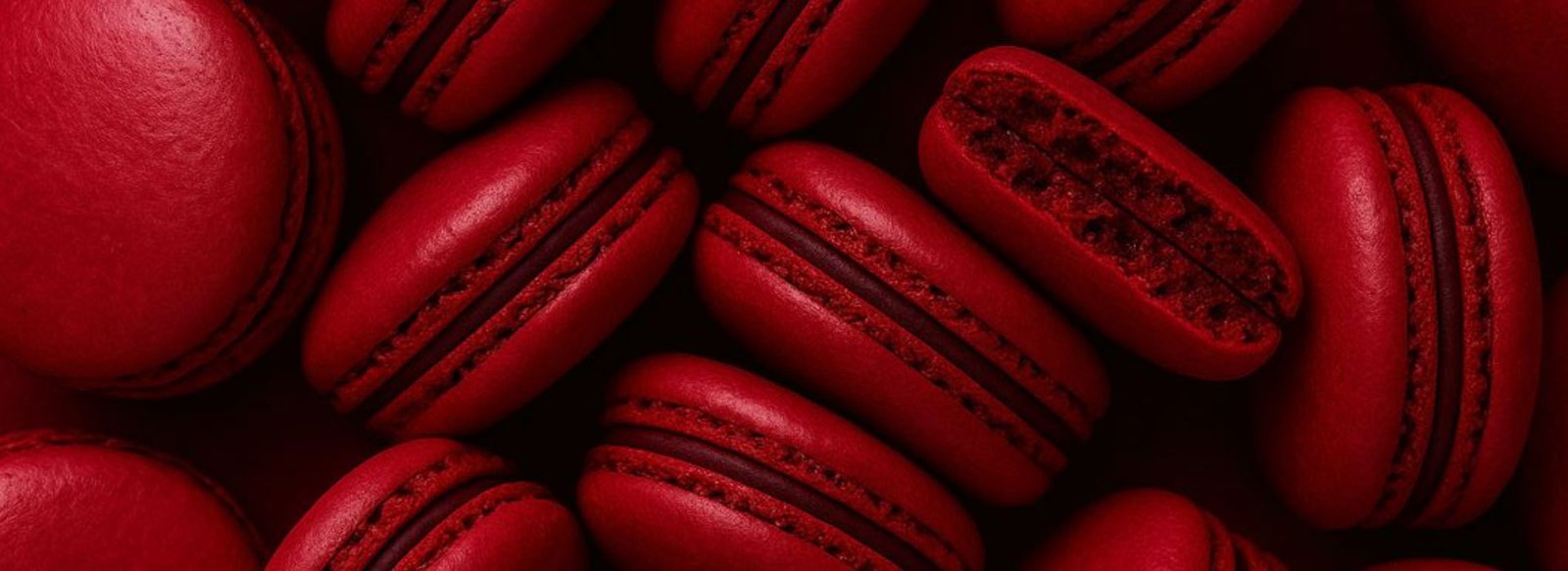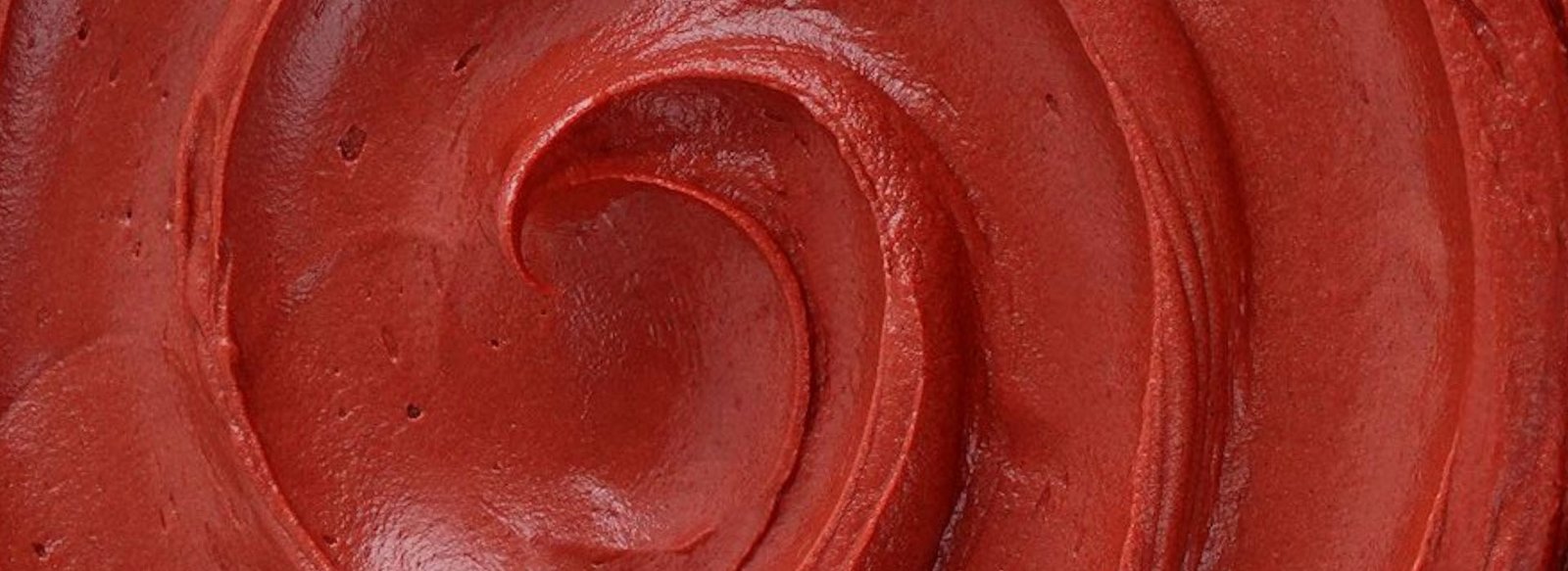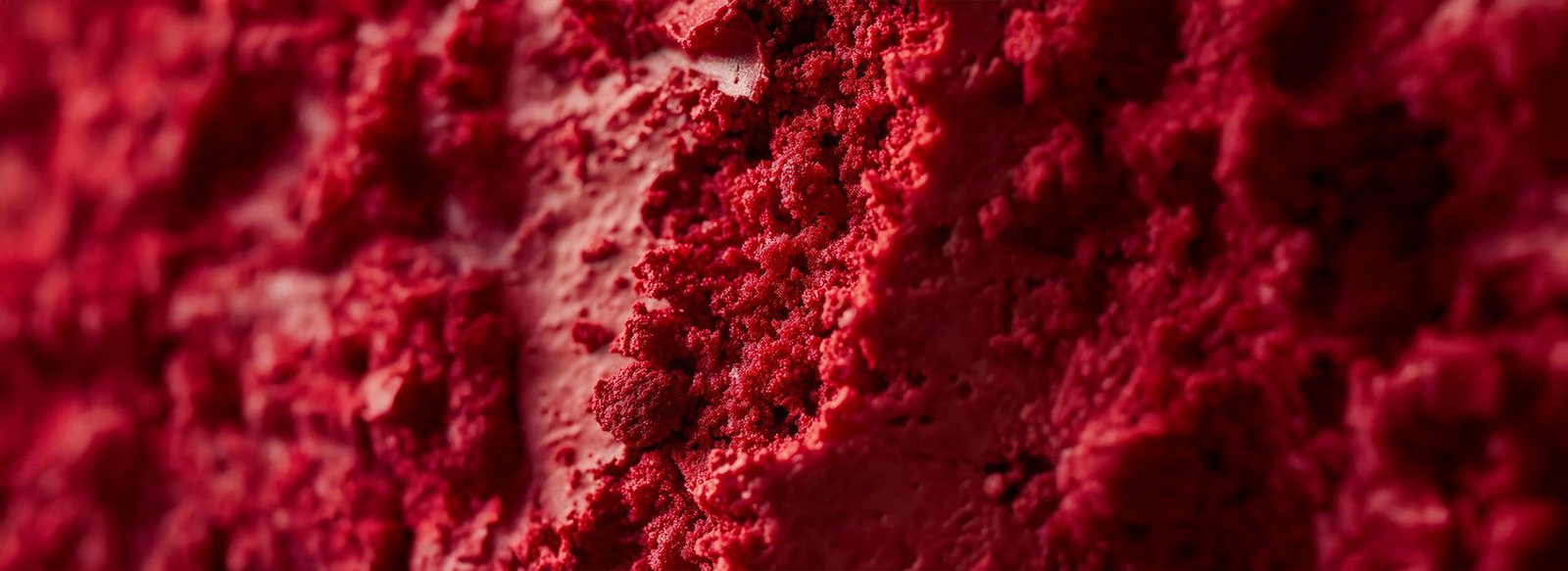Why Red 40 Works So Well in Bakeries of Vietnam

If you’re in the bakery business in Vietnam, chances are you’ve heard of Red 40. Maybe you’re already using it, or maybe you’re wondering what all the fuss is about. Either way, I keep seeing this one colour pop up again and again in conversations with clients. So I thought I’d break it down in plain terms.
This post isn’t a sales pitch. It’s based on real questions I get from bakers, real use cases, and what I’m seeing work on the ground. Let’s get into why Red 40 is becoming such a staple in Vietnamese bakeries.
What Is Red 40 and Why Do Vietnamese Bakers Keep Coming Back to It?
Red 40 is a synthetic food colour – bold, bright, and dependable. It gives off a strong, clean red tone that shows up really well in baked goods, even after they’ve been in the oven.
The reason bakers love it is simple: it performs. Whether it’s layered sponge cakes, icings, or soft breads, Red 40 holds its colour. It’s easy to mix into doughs, batters, or frostings without changing the texture or throwing off the flavour.
That consistency is a big deal, especially when you’re making large batches or trying to keep your products looking the same every time.
What Percentage of Vietnamese Bakeries Use Red 40 in Their Cakes and Bread?
If you’ve spent any time in a Vietnamese bakery lately, you’ve probably seen bright red sponge cakes, buns with red fillings, or colourful celebration pastries. That bold red? Most of the time, it’s Red 40.
Based on bakery owners, distributors, and production managers, Its around 70–80% of bakeries in Vietnam use Red 40 in some part of their product line. And the number keeps growing.

Larger commercial bakeries often use it in everything from red velvet cupcakes to traditional mooncakes. But I’ve also noticed more home bakers and small shops picking it up – especially as customer expectations for colour and presentation keep rising.
In short, Red 40 is no longer just an optional extra. It’s become part of the standard colour toolkit for many Vietnamese bakers.
Red 40 vs Natural Colours: What Works Better in Vietnam’s Humid Kitchens?
I used to think natural colours would be the future of food colouring in Vietnam’s bakeries. They look good on paper – plant-based, clean label, sounds great for marketing. But then reality hit.
If you’ve ever worked in a bakery kitchen during a summer in Saigon, you know what I mean. It’s not just hot — it’s sticky. That humidity? It messes with more than just your dough. It plays havoc with your colours too.

Here’s What Happens with Natural Colours:
I’ve seen beetroot red turn dull brown. Annatto fade into nothing. Hibiscus that looked perfect in cold drinks just completely disappear in baked fillings. And after baking? Sometimes the colour’s just gone — like it was never even there.
The real issue is that most natural colours aren’t heat-stable or pH-stable. The minute they hit the oven, or even just sit out for a few hours, the colour starts shifting or fading. And that’s a problem when your customers expect your cakes or breads to look a certain way — especially festive or celebration products.
Why Red 40 Keeps Winning in the Kitchen
Red 40, on the other hand, doesn’t react to the heat, humidity, or acids in your recipe. It shows up strong, stays bright, and doesn’t disappear halfway through baking. I’ve seen it used in everything from sponge cakes and Swiss rolls to sweet buns and even glazes — and it just works.
You mix it, bake it, slice it open, and the red is still there. That’s why more and more Vietnamese bakers (even the ones who started out preferring naturals) are choosing Red 40 when they need that bold colour to last.
How Does Red 40 Affect the Taste and Texture of Traditional Vietnamese Pastries?
One of the most common questions I get from bakery owners and food importers is: “Will Red 40 change the taste or texture of our pastries?” It’s a fair question — especially when you’re working with delicate recipes passed down through generations.
So here’s the simple answer: Red 40 doesn’t change the taste or texture of traditional Vietnamese pastries. Not even a little.

No Flavour, No Fragrance — Just Colour
Red 40 is a water-soluble synthetic dye. It’s made purely for colour — not taste. That means when you mix it into your sponge cake batter, bean paste, or steamed bun dough, you’re only adding visual appeal. The flavour stays exactly how your recipe intended.
You can test it yourself — bake one batch with Red 40 and one without. Blind test both. You’ll notice the colour difference straight away… but no one will taste any difference.
Texture? Not an Issue Either
Some bakers worry that adding food colour might make a cake dense or affect the rise. That usually happens when using wet, concentrated natural colours like beetroot or pomegranate, which add extra moisture or acidity.
But Red 40 is used in such small amounts — just milligrams per kilo — that it has zero impact on how your dough or batter behaves. It blends in smoothly, doesn’t clump, and doesn’t interfere with how your sponge fluffs up or how your buns stay soft.
Perfect for Delicate Recipes
Think of pastries like:

Bánh bông lan (sponge cakes)

Bánh trung thu (mooncakes)

Bánh da lợn (layer cakes)
These all rely on a light, balanced texture and subtle sweetness. That’s where Red 40 really proves its worth. You get that rich, eye-catching colour (especially in festive red tones), but everything else stays untouched — from the aroma to the bite.
Is Red 40 Safe to Use in Food? What the Regulations Say
Yes, it’s safe.
Red 40 is approved by food safety authorities around the world – including the FDA in the US, EFSA in Europe, and FSSAI in India. It’s widely used in drinks, snacks, confectionery, and yes, bakery products.
The key is using it within recommended limits. That’s why it’s important to get your Red 40 from a trusted supplier who gives you proper usage guidelines.
Real Stories: Why Vietnamese Bakers Trust Red 40 in Their Recipes
I get feedback all the time from our clients in Hanoi, Ho Chi Minh City, and even smaller towns. The same points come up:
One bakery in Da Nang uses it for bánh da lơn (layer cake). Another in Can Tho mixes it into the fillings for red bean buns. In both cases, they said the switch to Red 40 gave them more consistent results.
Choosing the Right Type of Red 40 for Your Bakery
Not all Red 40 is created equal. You’ll find it in powder, granular, and liquid form.
Here’s the quick breakdown:
The main thing to look for is purity. Low-quality Red 40 might contain fillers or give you uneven results. Always check for certifications and ask your supplier for the dye content percentage.
Where to Get Food-Safe, Bright Red 40 in Vietnam (Without the Guesswork)
If you’re sourcing Red 40 for the first time, or switching from another brand, here’s what to look for:
At Aurogenesis, we supply Red 40 to bakeries of all sizes – with tailored support depending on what you make. Whether you’re testing new recipes or scaling up production, we can help you figure out what works best for your setup.
Wrap-Up: Red 40 Isn’t Just a Trend – It’s a Tool for Bakery Success
There’s a reason Red 40 is sticking around. It’s not about hype – it’s about performance.
In a busy bakery, especially in Vietnam’s humid conditions, you need ingredients you can count on. Red 40 delivers colour that lasts, blends easily, and doesn’t mess with your recipes.
And if you’re experimenting with new product lines or custom colours, you can even blend Red 40 with other shades to get your own signature look.
Need help figuring out the right colour solution for your bakery? I’m always happy to talk. Whether you need samples, advice, or just a quick chat about what’s working in the market, you can reach out anytime.
Frequently Asked Questions:
Where did Red 40 originally come from and who developed it?
Red 40, known chemically as Allura Red AC, was first developed in the mid-20th century by food scientists in the United States as a replacement for earlier dyes like Amaranth, which were banned due to safety concerns. It’s a petroleum-derived synthetic dye that has since been adopted worldwide, including in Vietnam, for its excellent color stability and safety when used within regulated limits.
What types of beverages usually contain Red 40 dye?
Approval is based on regulatRed 40 is commonly found in a wide range of red or orange-colored drinks, such as fruit punches, strawberry sodas, energy drinks, sports drinks, flavored waters, and even powdered drink mixes. It’s used by beverage companies to create eye-catching colors that align with the flavor or branding of the drink, especially in tropical markets standards like FDA, EFSA, JECFA, and Vietnam’s MOH rules. Manufacturers must batch-test purity and follow maximum use levels for each food category
Does Red 40 maintain its color in hot and humid climates like Vietnam?
Absolutely. Red 40 is known for its heat and humidity resistance, making it a preferred choice for baked goods, jellies, and candies produced or stored in tropical climates like Vietnam. It helps manufacturers maintain consistent color quality even during long shelf-life conditions.
Is Red 40 approved for use in Vietnam and how is it regulated?
Yes, Red 40 is permitted in Vietnam under the food safety standards set by the Ministry of Health. It must meet quality specifications and be listed clearly on packaging labels. Imported Red 40 must also comply with Vietnamese import norms and often undergoes certification for food-grade use.
What is Red 40 and why is it used in food production?
Red 40, also labeled as Allura Red AC, is a popular synthetic food dye used to give vibrant red and pink hues to processed foods and beverages. It’s widely used because it provides strong color stability, is cost-effective, and enhances visual appeal — especially in sweets, drinks, and snacks.
Why is Red 40 so frequently chosen by food manufacturers?
Manufacturers prefer Red 40 for its cost-efficiency, vivid pigmentation, and excellent solubility in water-based products. Its ability to perform well in high-temperature processes and across different pH ranges makes it ideal for mass food production and export purposes.